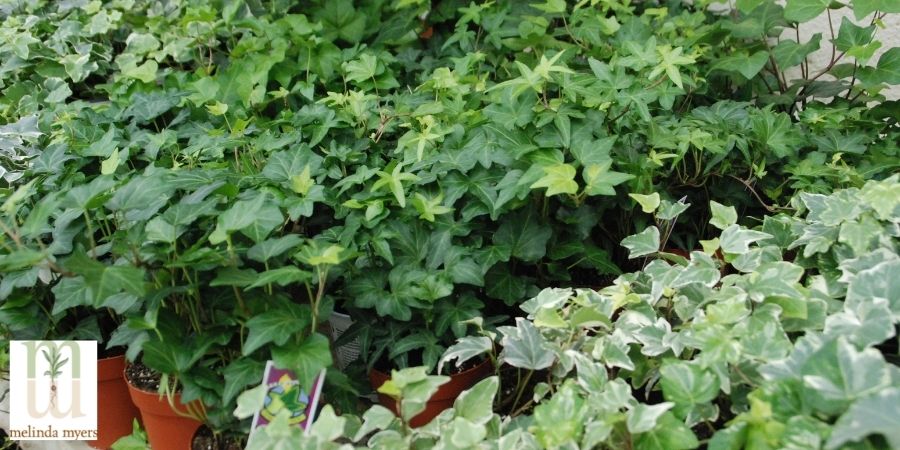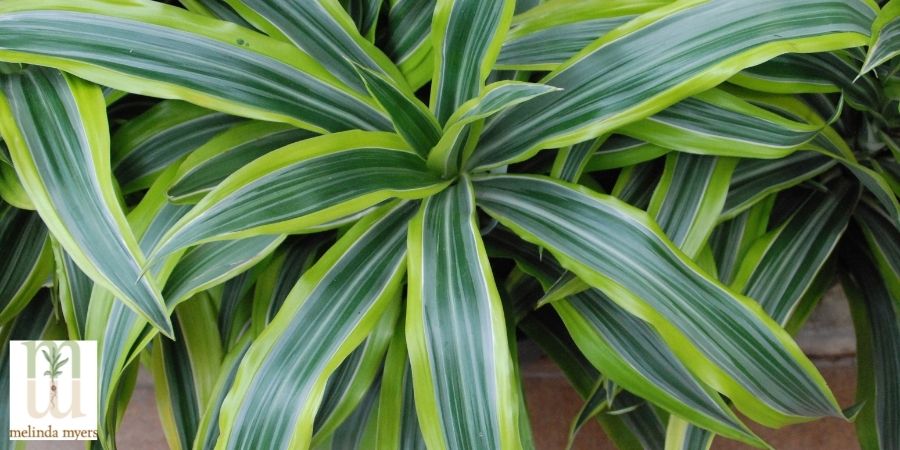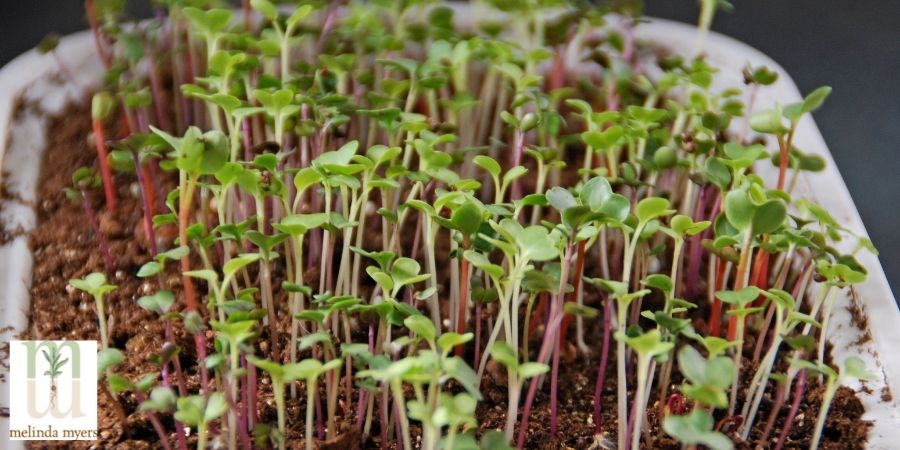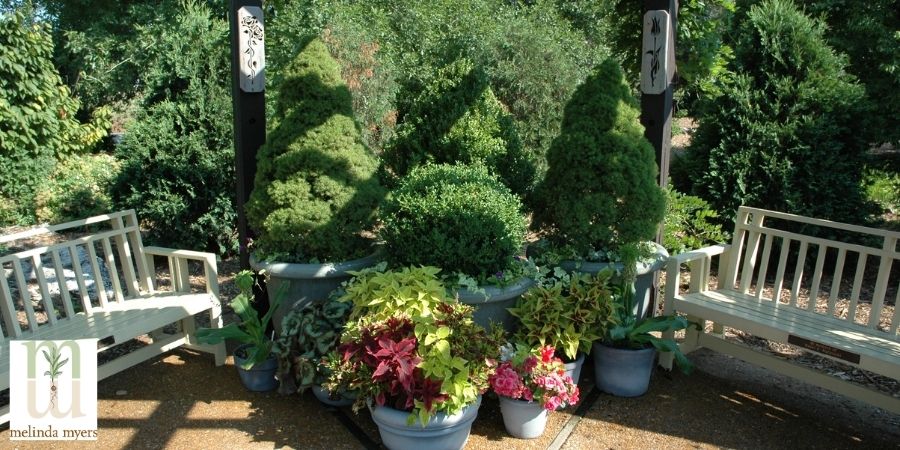Winter Gardening Do's and Don'ts
- horticulturist and gardening expertDecember 4, 2021
Indoor Gardening; Planting and Care
DO add some houseplants to your home to help improve the indoor air quality. Research by NASA and the Associated Landscape Contractors of America (now National Association of Landscape Professionals) has shown that some of our popular houseplants can help eliminate air pollutants like volatile organic compounds found in homes and office buildings. Just add 15 to 18 tabletop houseplants to improve the air quality in your home.
DO garden indoors to help reduce stress, elevate your mood and increase focus and creativity. A study in Japan found that adding plants to the desks of office workers and encouraging a 3-minute break to tend to the plants provided a “healthy restorative distraction”. Indoor plants were also found to help reduce attention fatigue and boost cognitive performance in other research studies.

Indoor English Ivy Plants
DO match the houseplant selected to the available light. An east- or west-facing window usually provides adequate light for most plants. Place High Light plants within two feet of an east- or west-facing window and a south-facing window in the winter. Set Low Light plants in a north-facing window or up to six feet back or off to the side of an east- or west-facing window. Turn plants regularly for more balanced growth. You may need to experiment until you find the best growing location for your plants.
DO select indoor plants that will thrive under your care. If you tend to fuss over your plants and water frequently, select plants that need more frequent watering and require a bit more TLC. On the other hand, if you employ a benign neglect approach to plant care look for low maintenance more drought-tolerant plants.
DO water thoroughly allowing the excess water to drain out the bottom of the pot. This encourages deep more drought tolerant and robust roots. Pour off excess water that collects in the saucer. Water tropicals and other moisture-loving plants when the top few inches of soil are barely moist. Allow the top few inches of soil to dry before watering cacti, succulents, and other drought-tolerant houseplants.
DO enlist gravel trays to reduce maintenance, boost humidity around the plants and increase your gardening success. Place pebbles in the tray or saucer beneath the container. Set the pot on the pebbles so it will sit above any excess water that collects in the saucer. As the water evaporates it increases the humidity around the plant.

Indoor Dracaena Pasquesi
DO create a Seed Starting Calendar. Use this tool to help you start seeds indoors at the right time so the transplants will be ready to move into the garden. Check the back of the packet to determine when to start the seeds indoors in your area. Record the start date on your calendar, garden chart, or spreadsheet to make this process easy. I have my seeds stored in an airtight container in the fridge. They are organized by start date to help me easily find my seeds when it is time to plant.
DO start plants from seeds for the upcoming garden season. You can save money and enjoy a bit of gardening in winter. Plus you’ll find a wider selection of new and less common plants available to purchase as seeds rather than plants. Check seed packets and your local Extension service website for planting dates and tips for your region.
DO grow a few of your favorite herbs indoors. All you need is a container with drainage holes, quality potting mix, and a few herb seeds or plants. Once planted grow your herbs in a sunny window or under artificial lights. Water thoroughly as needed for the herbs you are growing. Get out the snips and start harvesting as soon as the plants are 6 to 8 inches tall.
DO grow Microgreens to add to salads, sandwiches, and stir fry or to enjoy as a snack. All you need is a shallow container, quality potting or seed starting mix, and some sprouting or microgreen seeds. Fill the container with potting mix, sprinkle seeds on the surface and water. Place in a warm location to speed sprouting. Move the container to a sunny location as soon as any green appears. Break out the scissors and harvest greens in about 10 days.

Micro Greens
DO grow some vegetables indoors for a bit of “garden-fresh” flavor. Greens are the easiest and often thrive in a sunny window. Once you master these consider trying peas, radishes, carrots, peppers, and even tomatoes. Artificial lights will increase your success with these vegetables that are more challenging to grow indoors.
DON’T trap indoor plants between the curtain and window where temperatures are much colder than the rest of the room. Northern gardeners may need to move plants back from the window to avoid damage from drafts of cold air.
DON’T overwater plants. Watering too often can lead to root rot and death of plants. Evaluate your watering practices each season. A change in the outdoor climate influences the indoor environment and your houseplants. When you turn on the heat the temperature rises and humidity lowers making the potting mix dry out more quickly. But shorter often gray days mean plants are growing slower needing less water. Abandon your summer watering schedule and check the soil moisture before watering indoor plants.
DON’T let plants sit in a saucer of water that drains out of the pot. This excess water continues to be absorbed into the soil keeping it too wet for too long leading to root rot. Pour off excess water that collects in the saucer or use gravel trays to eliminate this task and improve your indoor gardening success.
DON’T treat plants with pesticides unless you have properly identified the problem, decide control is needed, and explored all treatment options. Treating plants with the wrong product, at the wrong time or wrong concentration can damage the plant and not resolve the problem.
DON’T use any chemical; natural, organic, or synthetic on plants without reading the label first. It contains important information for your safety, the health of the plant, and the environment. If you decide to treat, read, and follow label directions carefully for safe and effective control of the problem.
Outdooring Gardening
DO provide container gardens with special care for winter. Those in cold climates need to provide added protection from the cold and water whenever the soil is thawed and dry. Those in milder climates should continue to water as needed throughout the winter.

Outdoor Trees and Shrubs in Containers
DO walk through your winter landscape and look for opportunities to boost its beauty. Make a list of plants with colorful bark, interesting form and for those in milder climates, winter flowers.
DO look up when planning new additions to the landscape. Avoid planting trees and large shrubs under overhead utilities. These small transplants may grow into the wires when they reach their mature size. This can cause a hazardous situation and result in severe pruning that leaves you with an unnatural-looking plant.
DO make a list of projects you want to complete in the coming year. Research options to determine the materials and supplies needed. Order supplies in advance whenever possible to ensure you have what you need when you are ready to start the project. Contact any needed landscape professionals months in advance to secure a spot on their work schedule. Most book months ahead so the sooner you contact them the sooner you will get the help you need.
DO create a planting calendar for planting seeds and transplants in the garden. Expand your indoor seed starting calendar to include outdoor planting dates. The seed packet, plant tags, and your local extension service can help with planting dates for your area.
DO continue planting if you are gardening in areas with warm winters. Milder winter temperatures provide preferred growing conditions for many annual flowers and vegetables. See what your local garden centers are selling and check with your local extension service for planting recommendations.
DO use cold frames, row covers, and cloches to jump-start the growing season as needed. These products help trap warm air around the plants protecting them from the cold. Row cover fabrics allow air, light, and water through so no need to remove the cover for watering. Cold frames and cloches may need to be vented when temperatures inside become too hot and the covers lifted to allow for watering.
DO water winter gardens as needed. If you are lucky enough to be gardening throughout the winter, continue to monitor soil moisture and water as needed.
DON’T wait too long to order seeds for your spring and summer garden. With the recent increase in gardening, more people are shopping early. The sooner you place your order the more likely you are to secure the varieties you want to plant this season.
DON’T dig in the garden or landscape without calling 811 at least three business days before putting the first shovel in the ground. This free service contacts all underground utility providers who will mark the location of any underground utilities in your work area. Making the call can reduce the risk of injury and even death, the inconvenience of knocking out a service and save you money. If you damage an underground utility and did not have it marked in advance you are financially responsible for its repair. I’d much rather spend my money on plants than the repair of a utility.
DON’T apply fertilizer or other chemicals to frozen soil. These can wash off the soil surface, into the storm sewer and contribute to water pollution. It is a waste of your time and money spent on these products with no benefit for the plants.
DON’T purchase or grow invasive plants. These plants escape the garden and enter nearby natural spaces. They often leaf out earlier, drop their leaves later, are more vigorous and better adapted to disturbed sites than native plants. This allows them to crowd out the native plants our birds, butterflies, beneficial insects, and wildlife depend upon. Once they become established it takes lots of time and money to manage invasive plants.

